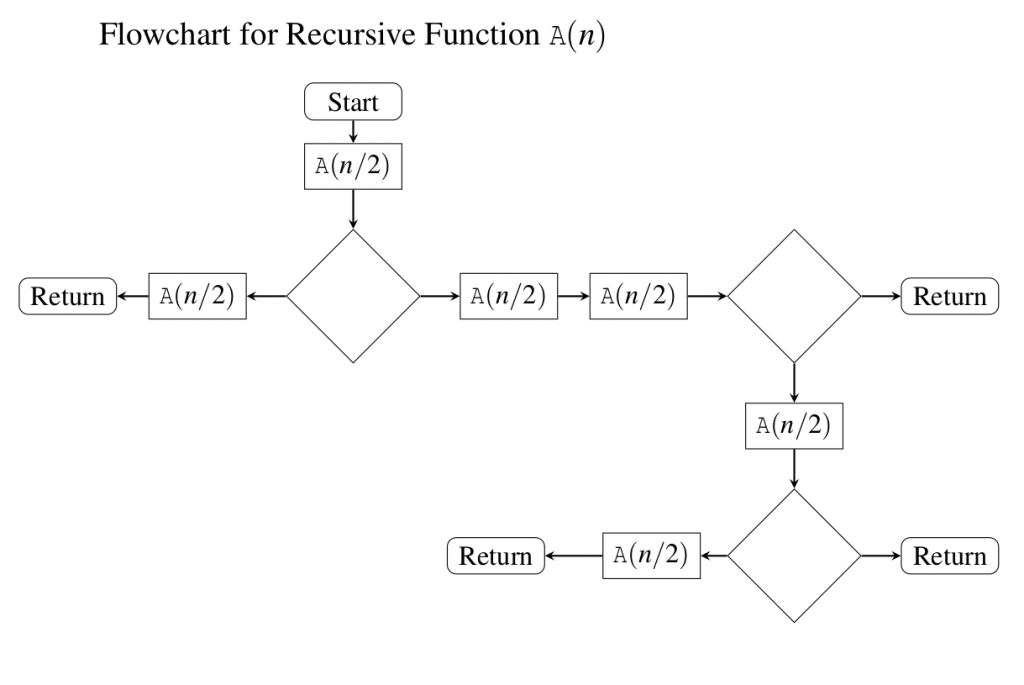GATE-CS-2016 (Set 2)
Question 41
A complete binary min-heap is made by including each integer in [1, 1023] exactly once. The depth of a node in the heap is the length of the path from the root of the heap to that node. Thus, the root is at depth 0. The maximum depth at which integer 9 can appear is _____________
Question 42
Consider the following New-order strategy for traversing a binary tree:
Visit the root;
Visit the right subtree using New-order
Visit the left subtree using New-order
The New-order traversal of the expression tree corresponding to the reverse polish expression 3 4 * 5 - 2 ˆ 6 7 * 1 + - is given by:
Question 43
Consider the following program:
C
Note: max(x,y) returns the maximum of x and y. The value printed by this program is
int f(int *p, int n)
{
if (n <= 1) return 0;
else return max(f(p+1,n-1),p[0]-p[1]);
}
int main()
{
int a[] = {3,5,2,6,4};
printf(\"%d\", f(a,5));
}
Question 44
Let A1, A2, A3, and A4 be four matrices of dimensions 10 x 5, 5 x 20, 20 x 10, and 10 x 5, respectively. The minimum number of scalar multiplications required to find the product A1A2A3A4 using the basic matrix multiplication method is
Question 45
The given diagram shows the flowchart for a recursive function A(n). Assume that all statements, except for the recursive calls, have O(1) time complexity. If the worst case time complexity of this function is O(nα), then the least possible value (accurate up to two decimal positions) of α is __________


Question 46
The number of ways in which the numbers 1, 2, 3, 4, 5, 6, 7 can be inserted in an empty binary search tree, such that the resulting tree has height 6, is _____________
Note: The height of a tree with a single node is 0.
[This question was originally a Fill-in-the-Blanks question]
Question 47
In an adjacency list representation of an undirected simple graph G = (V, E), each edge (u, v) has two adjacency list entries: [v] in the adjacency list of u, and [u] in the adjacency list of v. These are called twins of each other. A twin pointer is a pointer from an adjacency list entry to its twin. If |E| = m and |V | = n, and the memory size is not a constraint, what is the time complexity of the most efficient algorithm to set the twin pointer in each entry in each adjacency list?
Question 48
Consider the following two statements:
I. If all states of an NFA are accepting
states then the language accepted by
the NFA is Σ∗ .
II. There exists a regular language A such
that for all languages B, A ∩ B is regular.
Which one of the following is CORRECT?
Question 49
Consider the following languages:
L1 = {anbmcn : m, n >= 1}
L2 = {anbnc2n : n >= 1}
Which one of the following is TRUE?
Question 50
Consider the following languages.
denotes a specific encoding of M.
Which one of the following is TRUE?
L1 = { | M takes at least 2016 steps on some input},
L2 = { | M takes at least 2016 steps on all inputs} and
L3 = { | M accepts ε},
where for each Turing machine M, There are 65 questions to complete.
Last Updated :
Take a part in the ongoing discussion